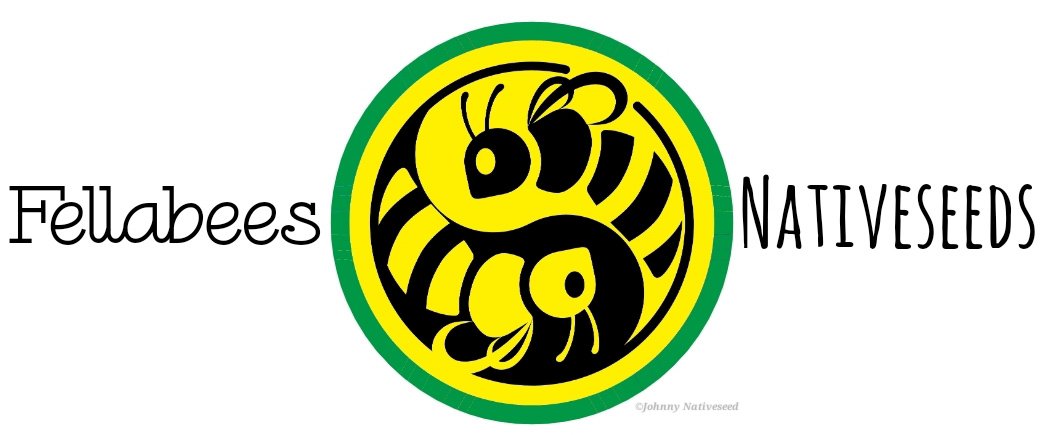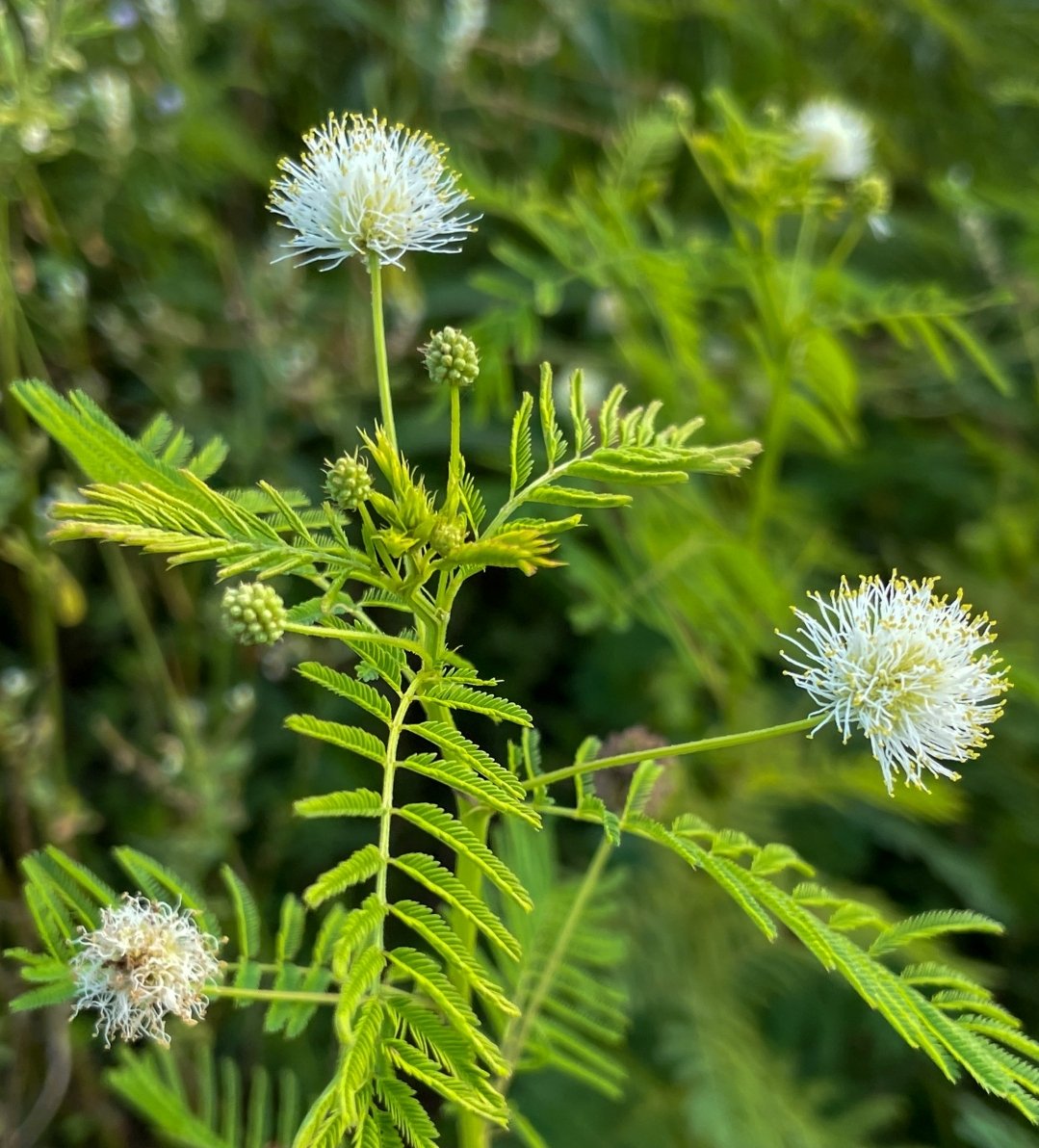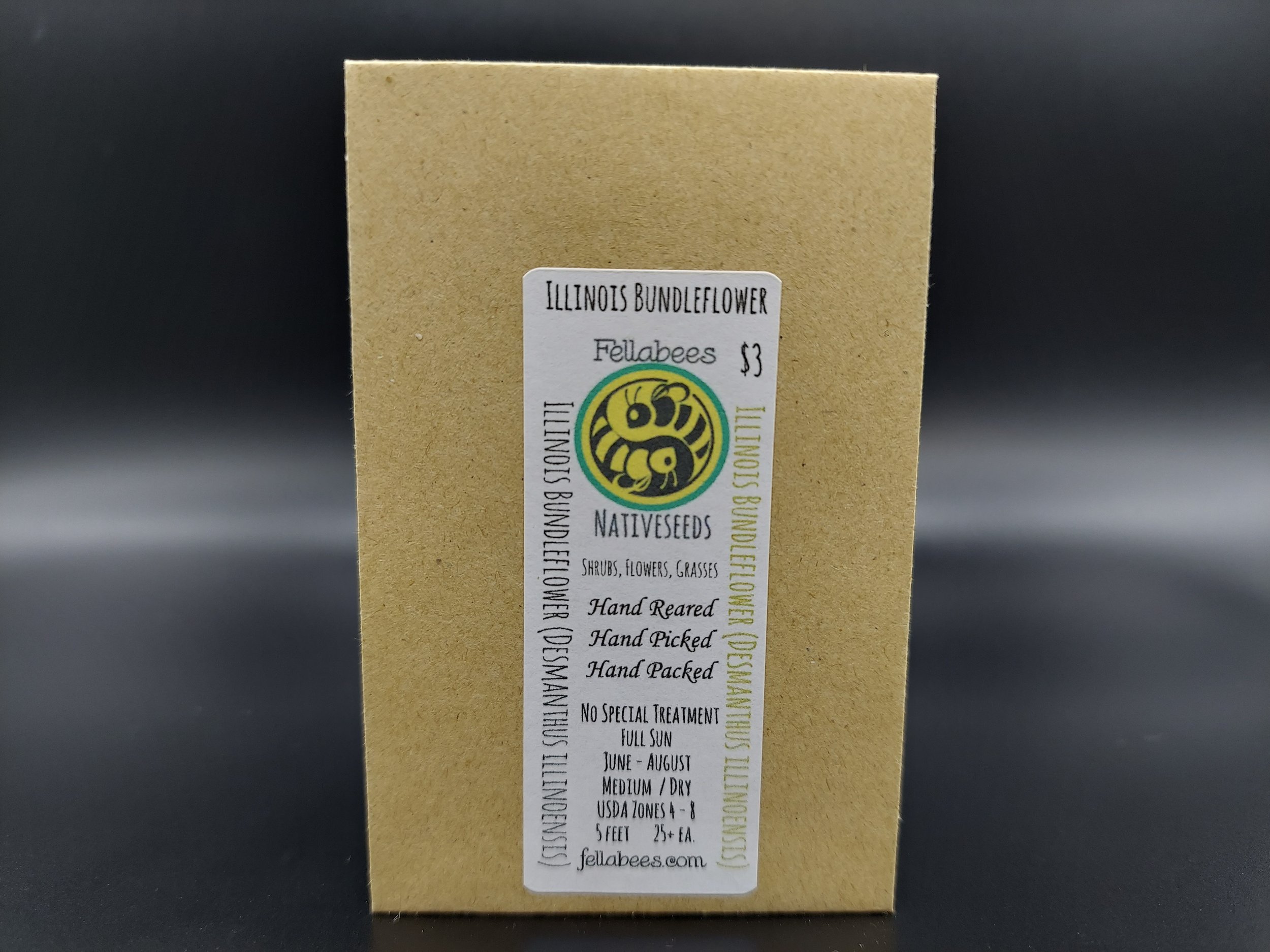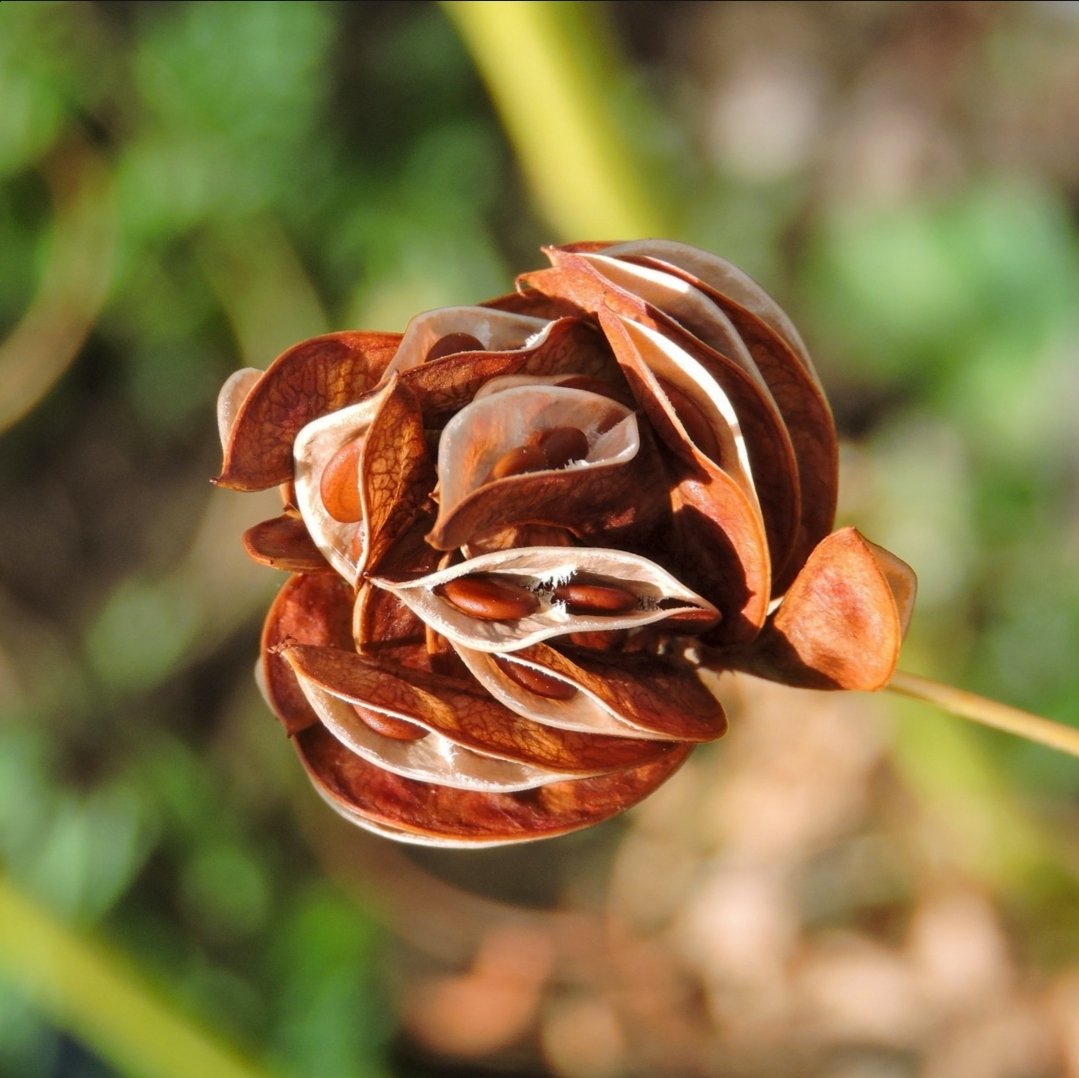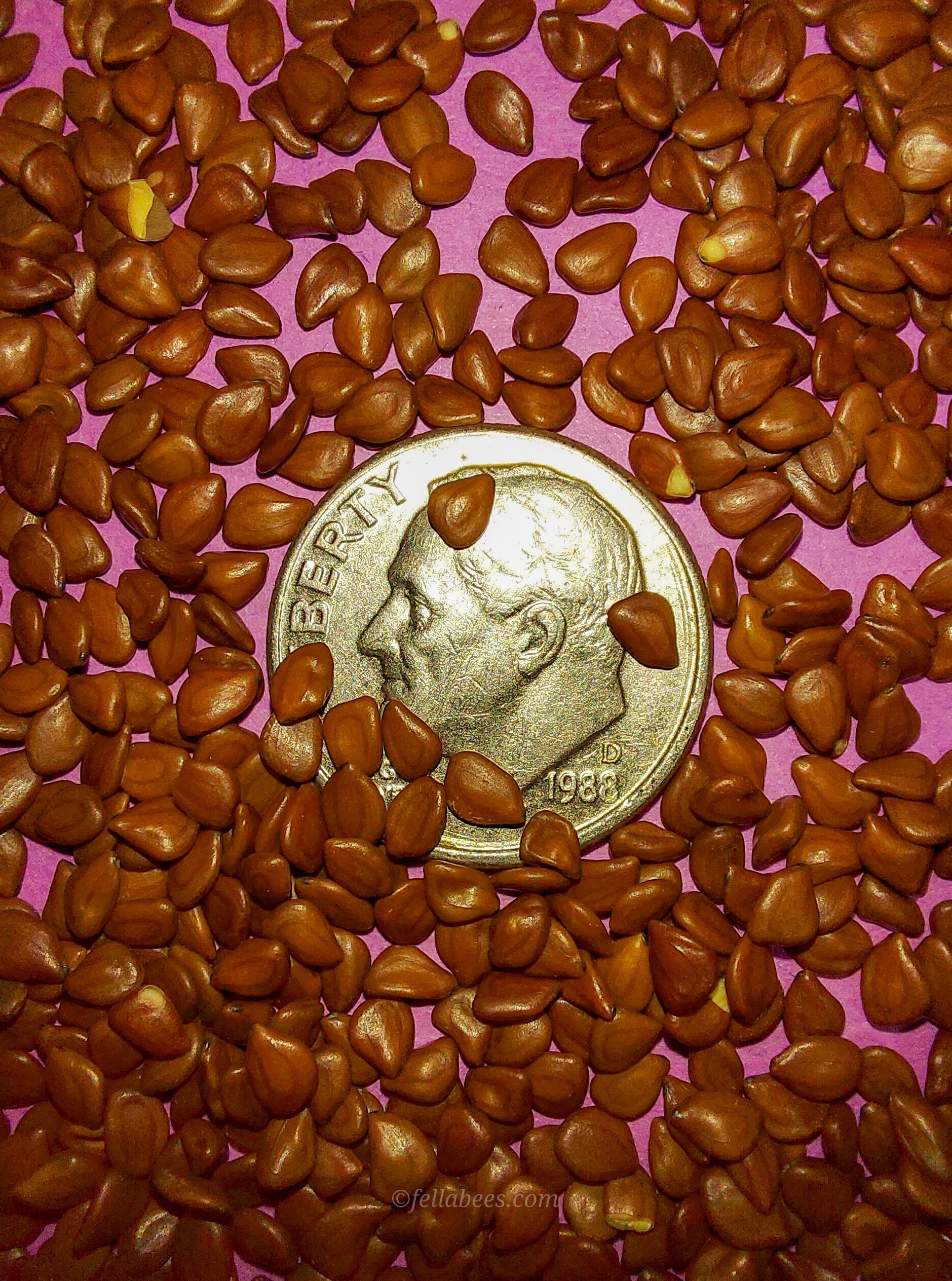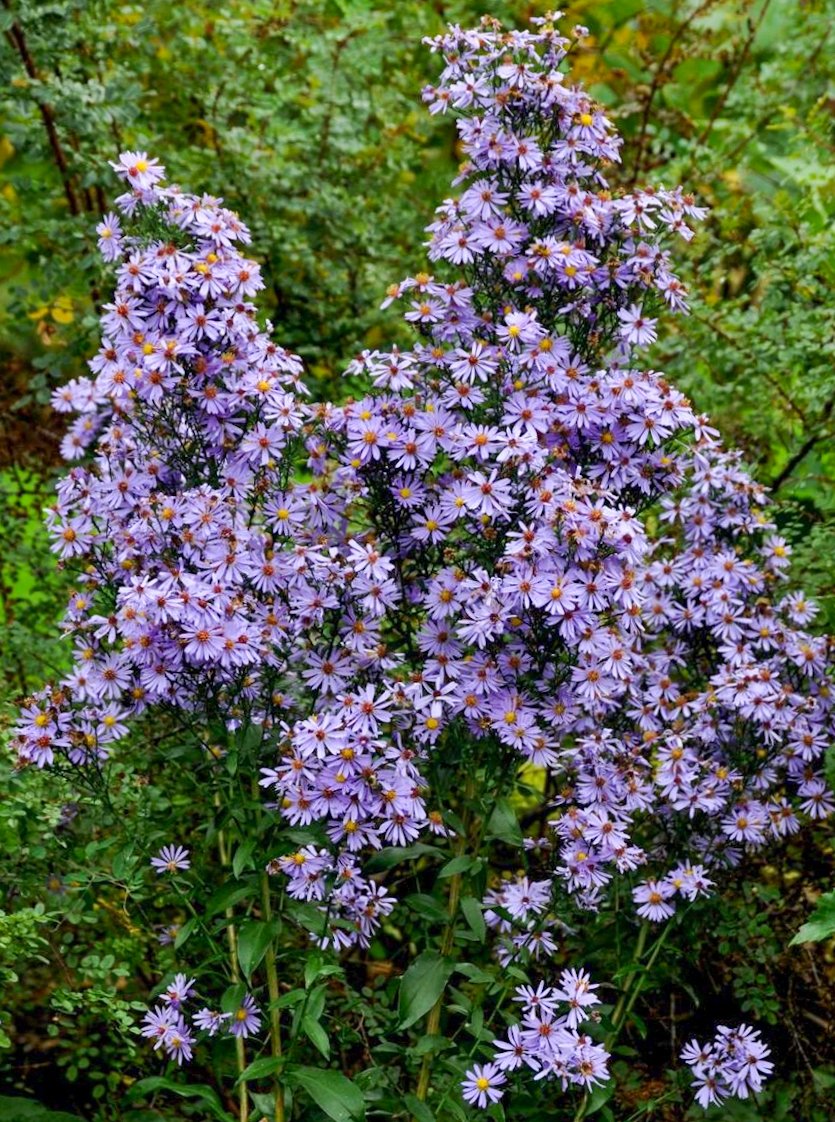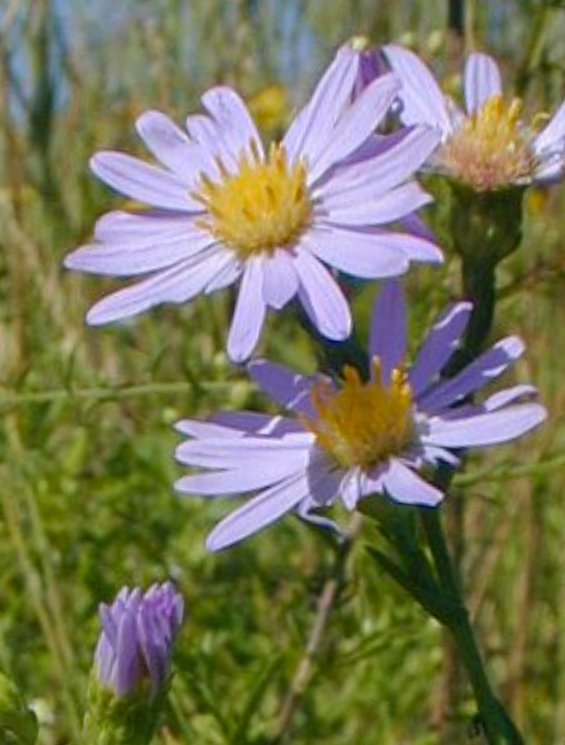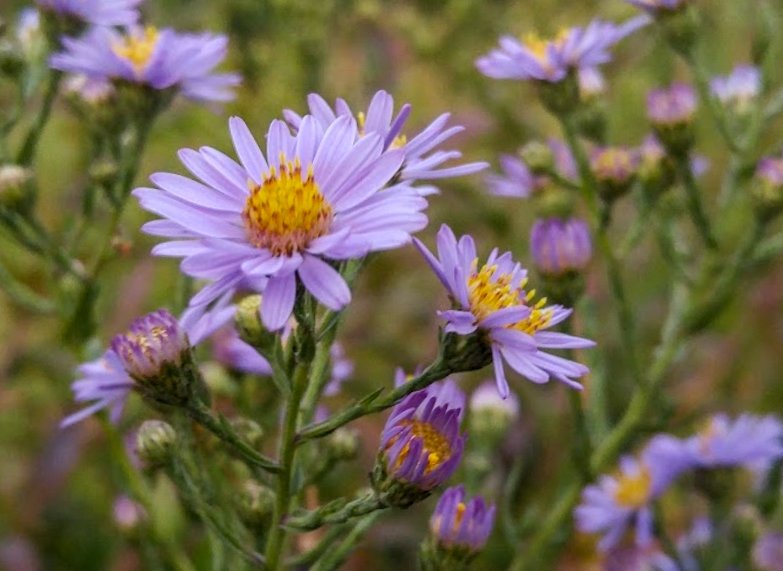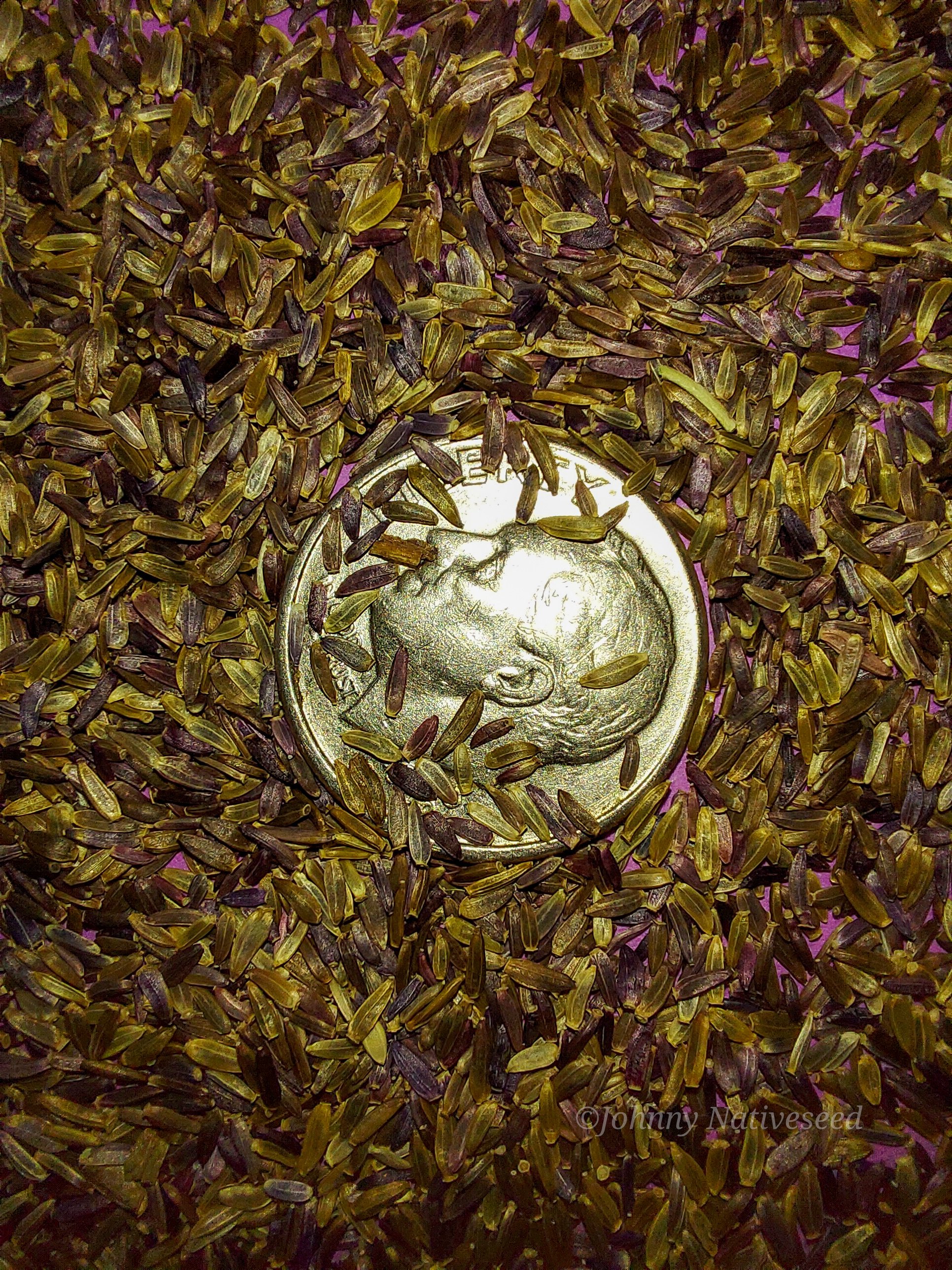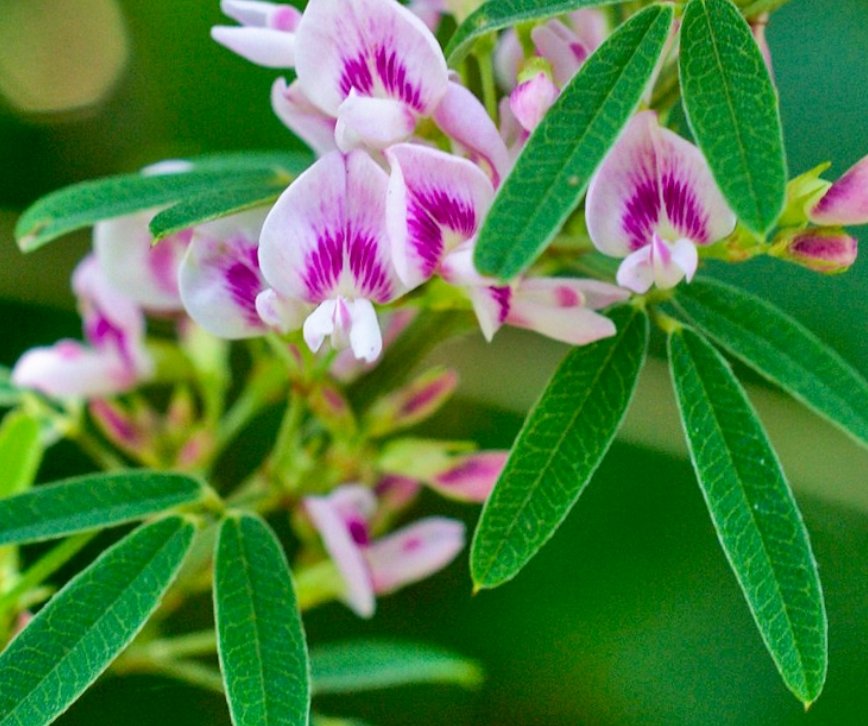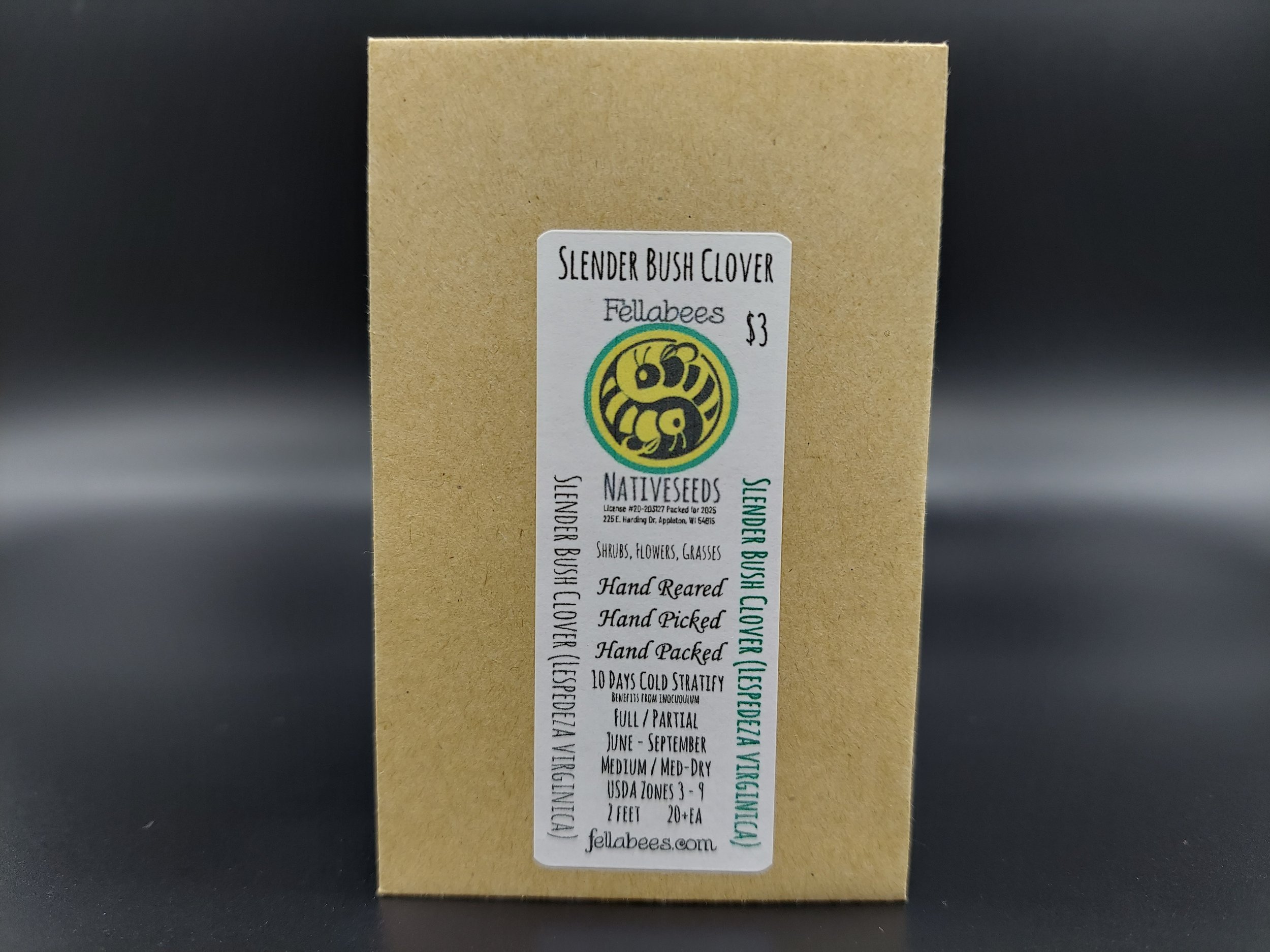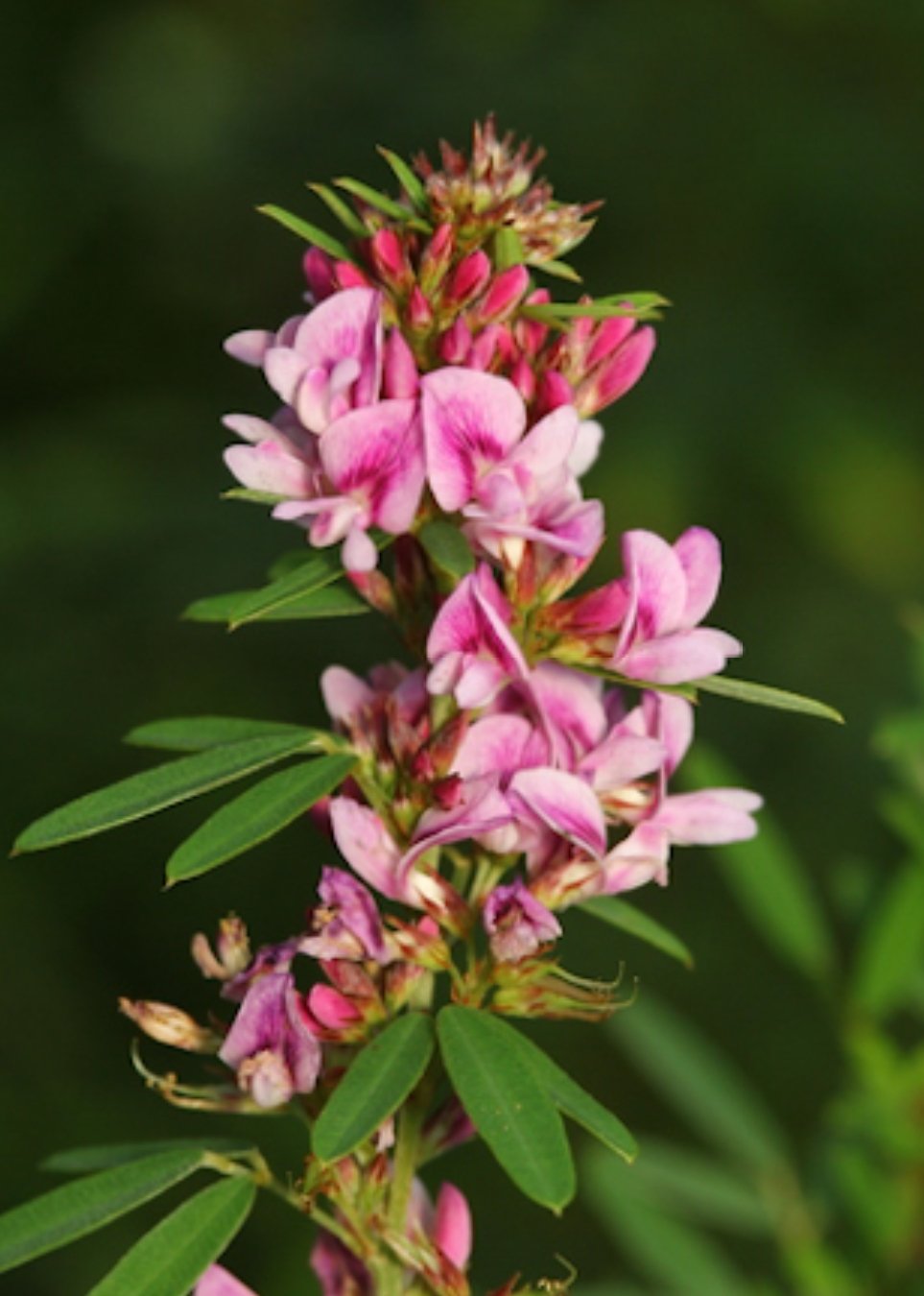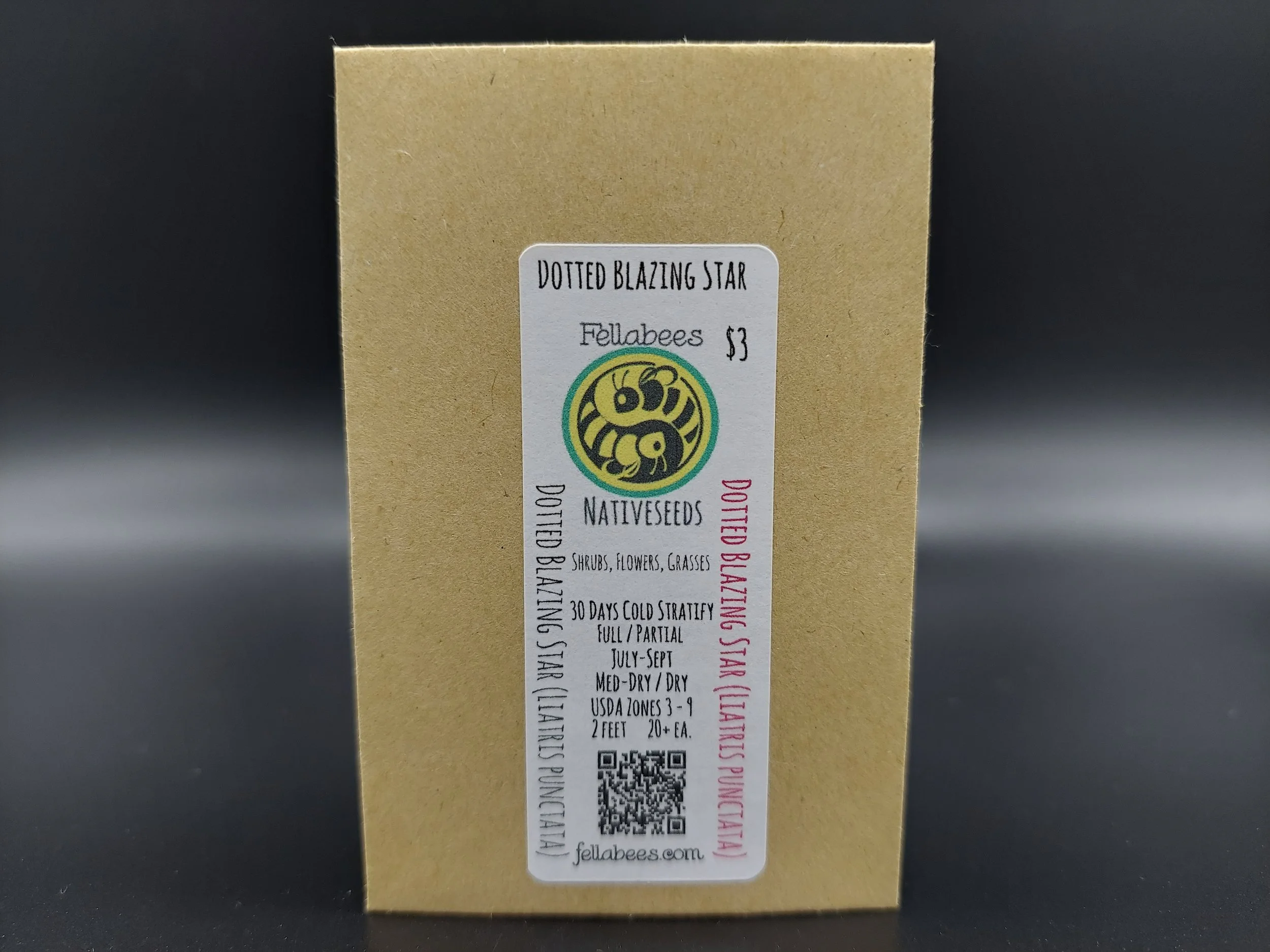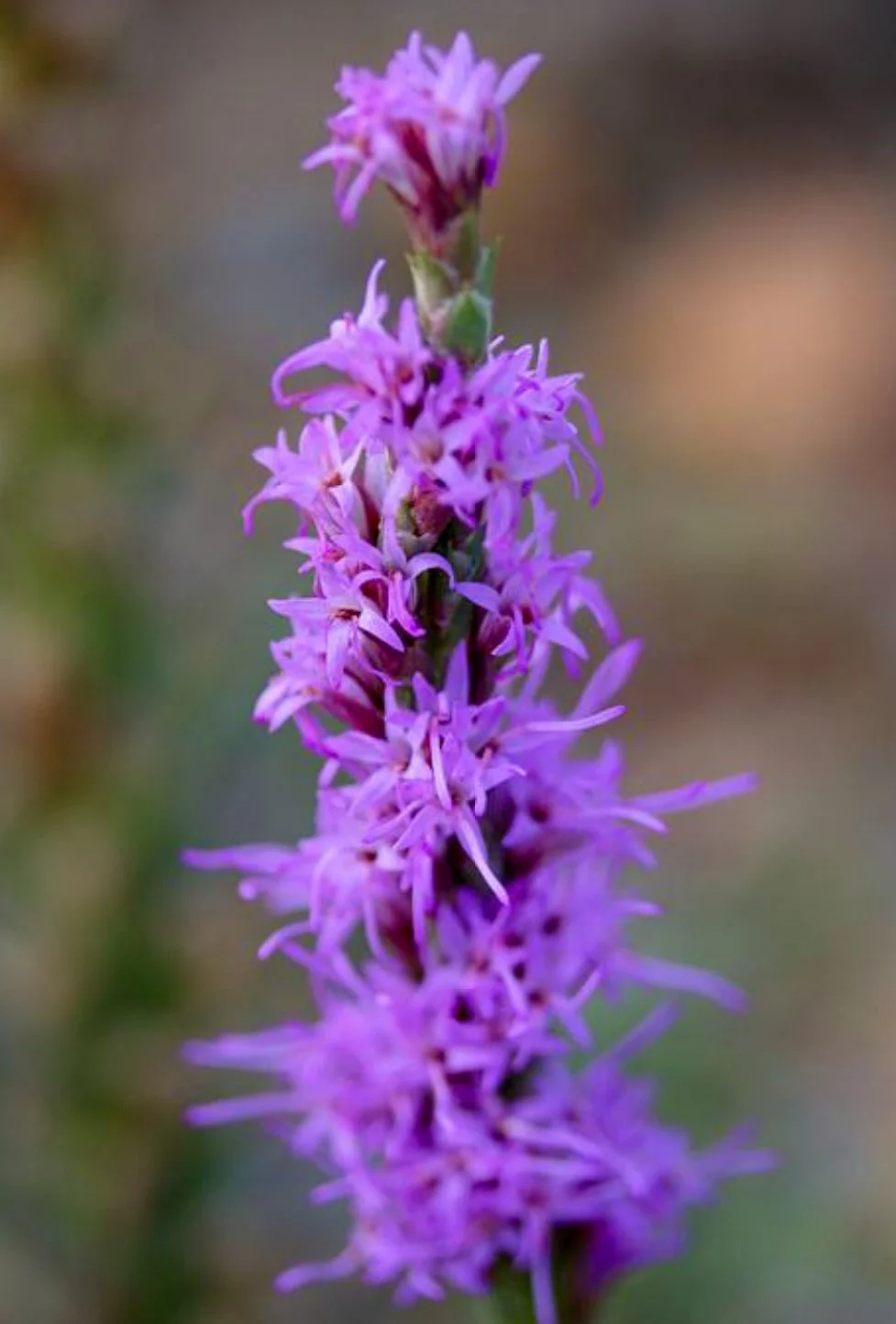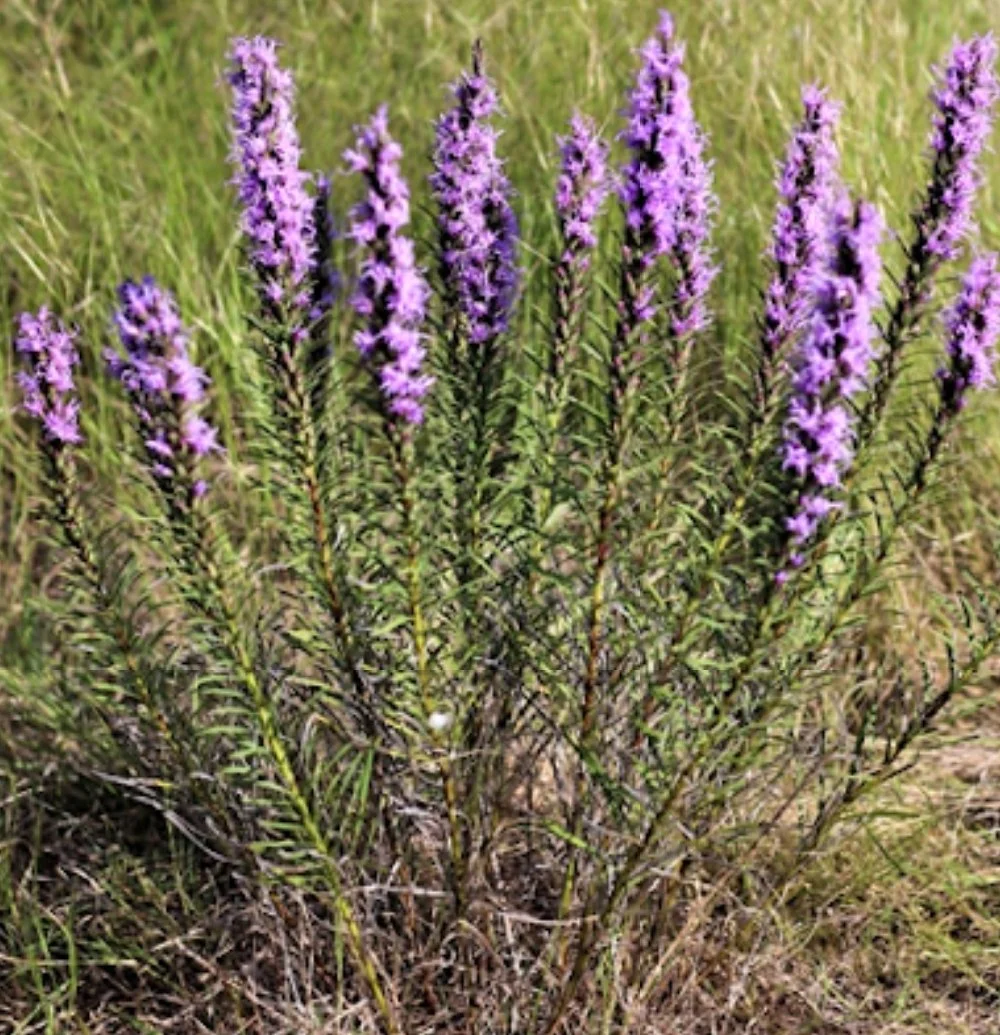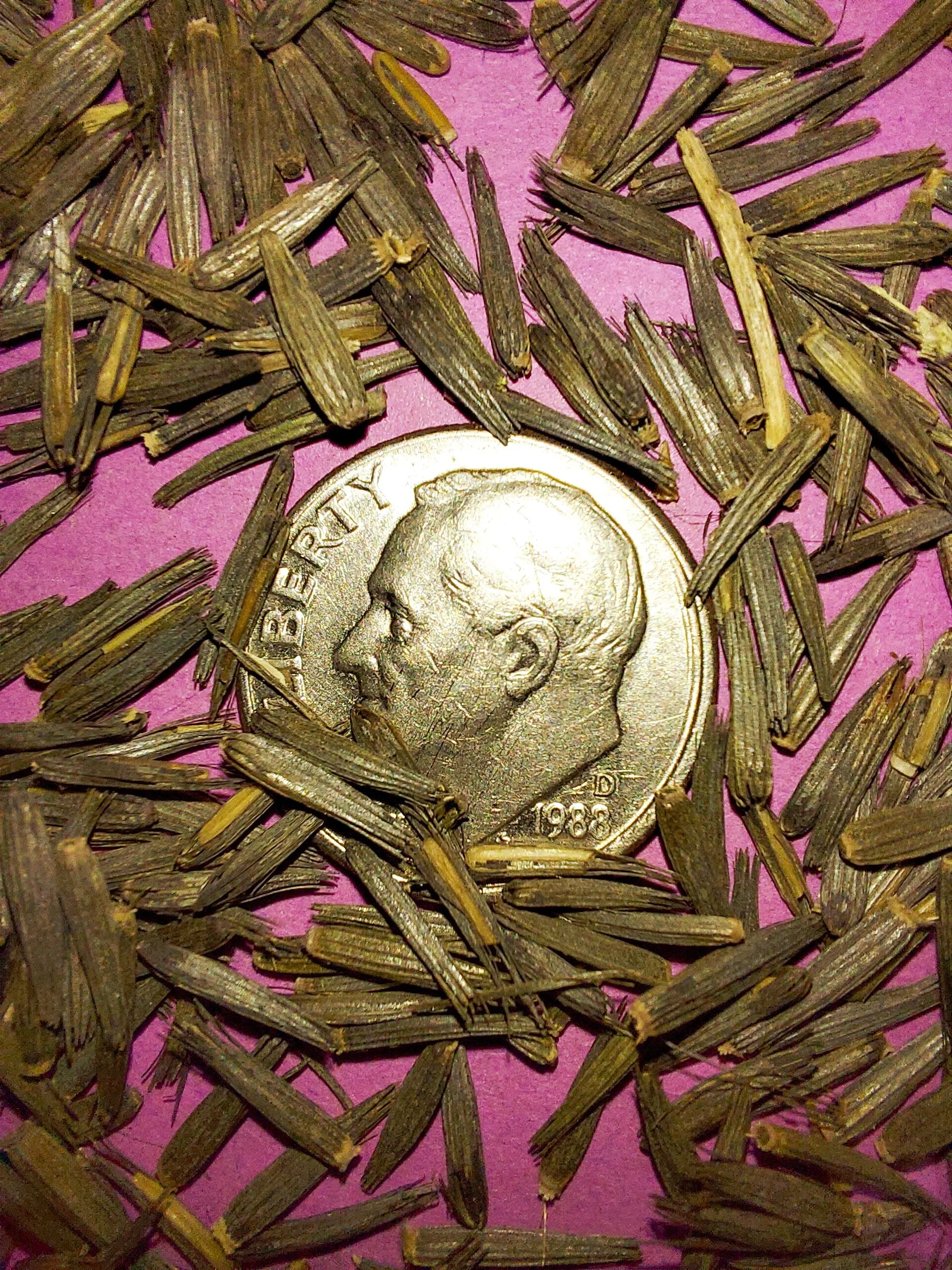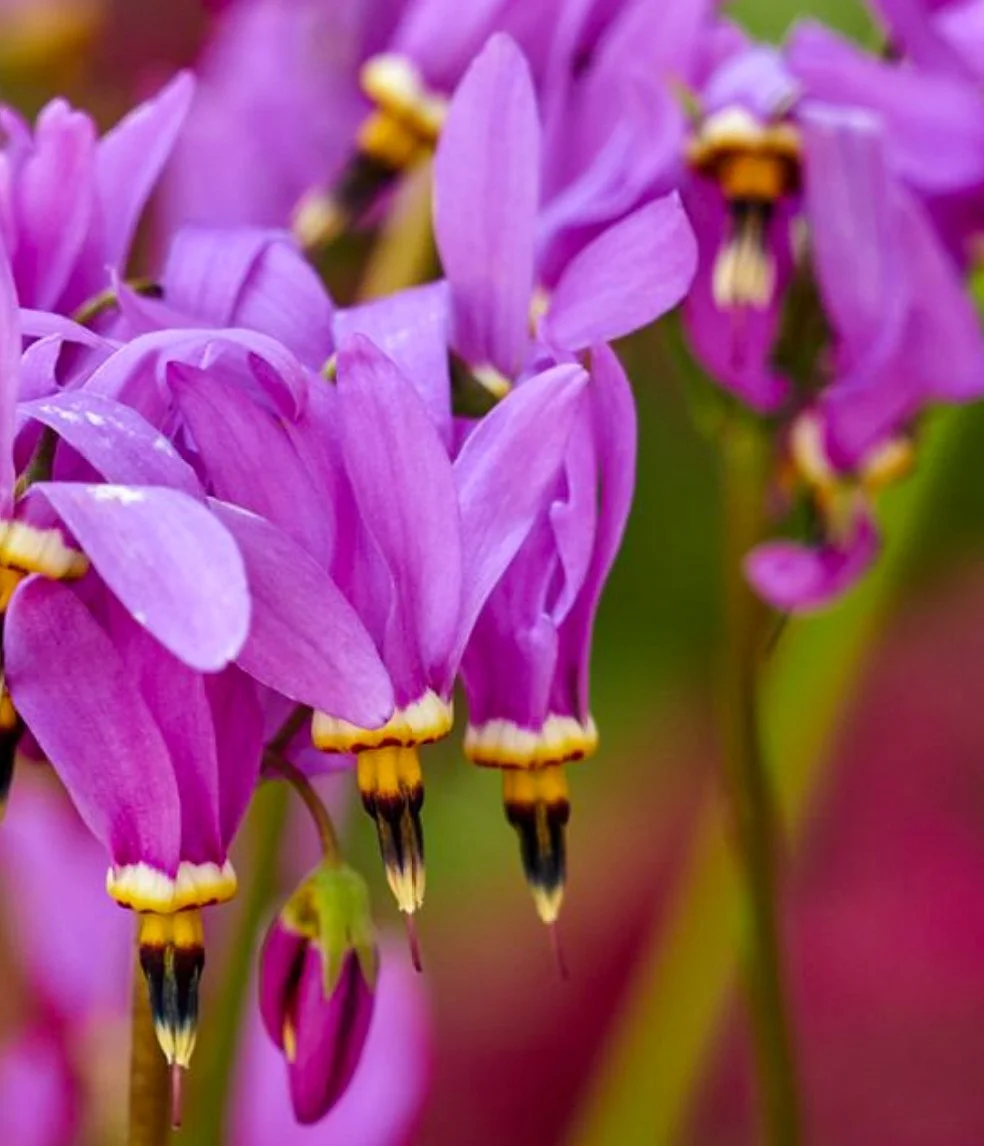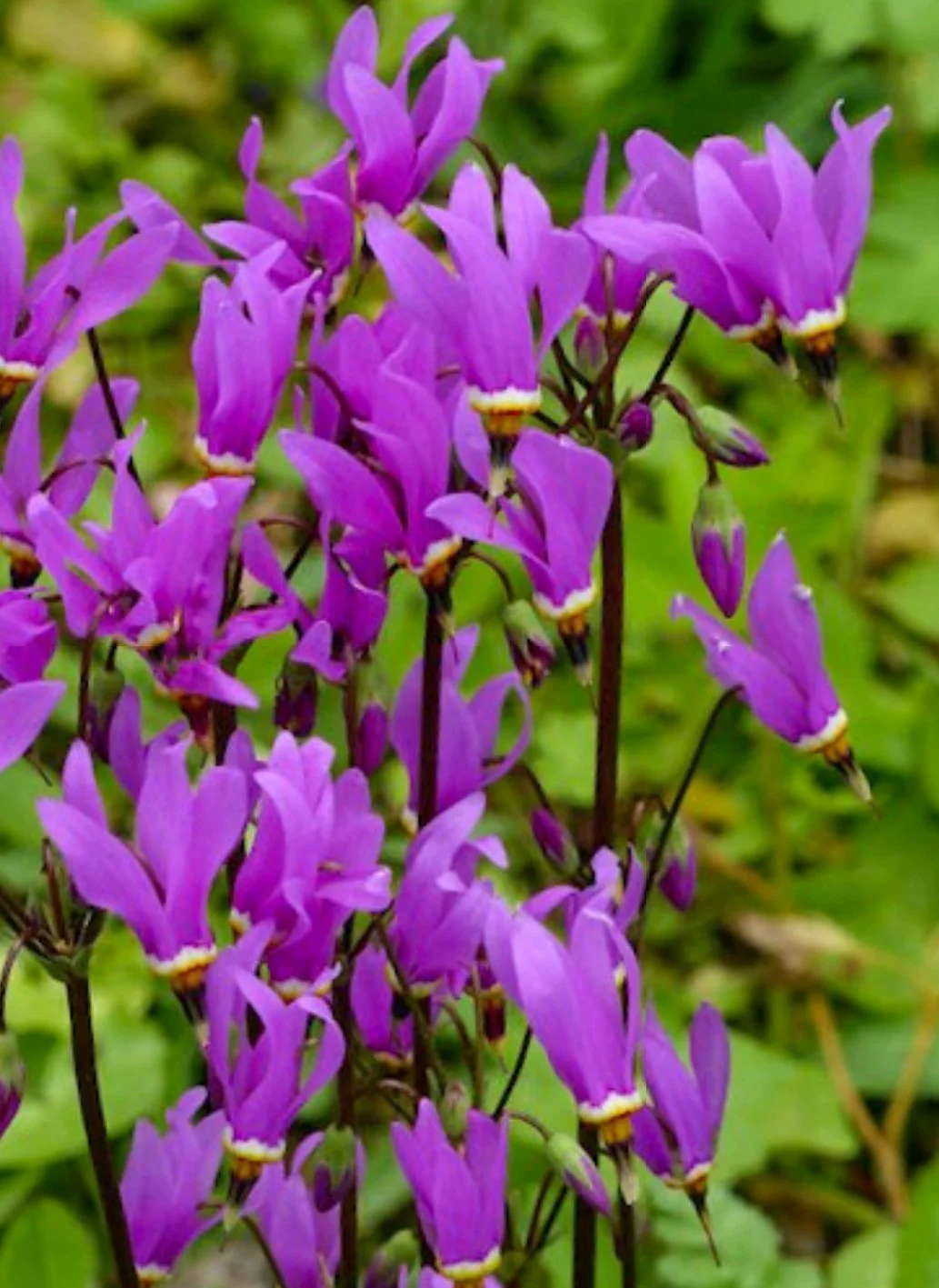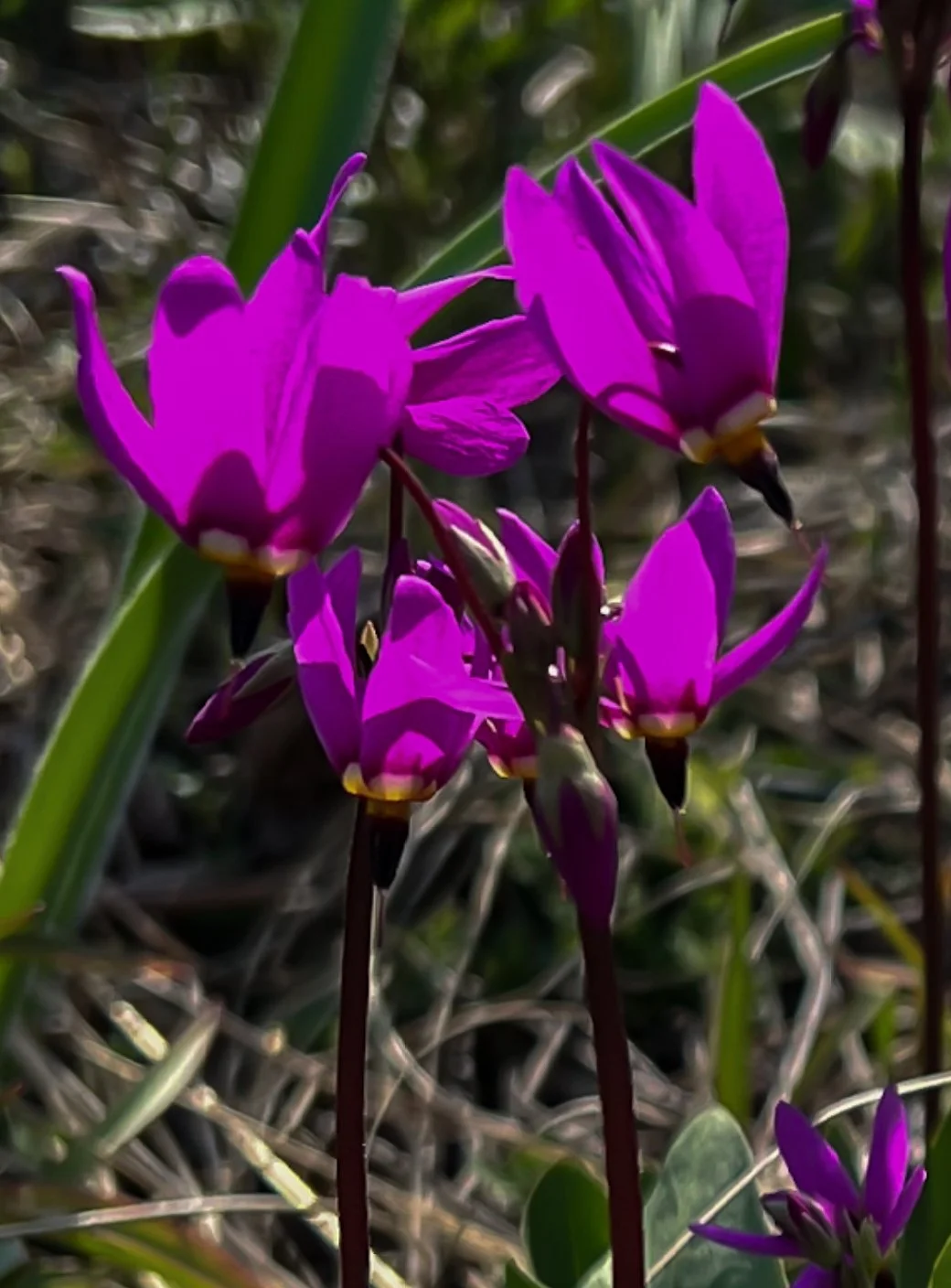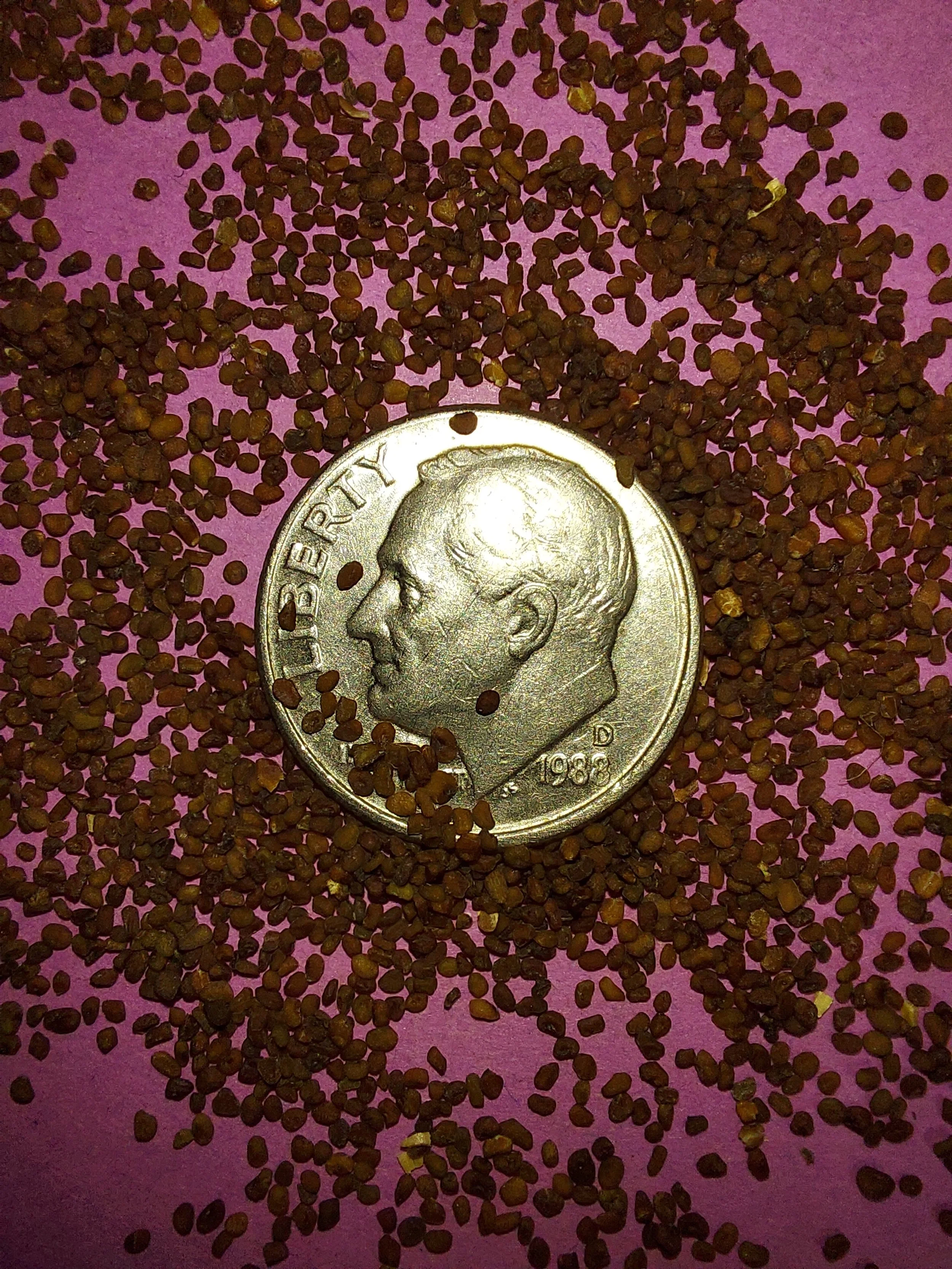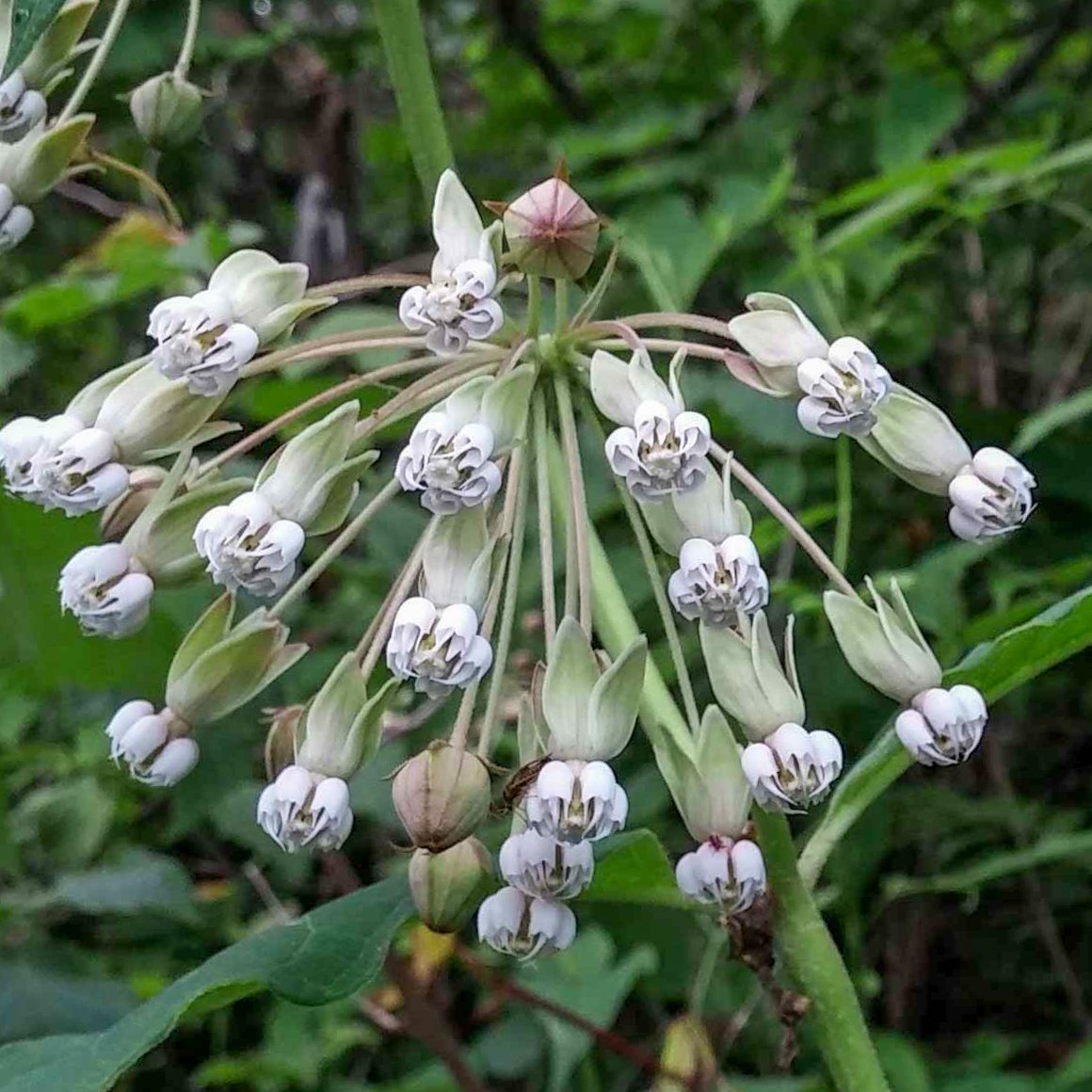 Image 1 of 9
Image 1 of 9

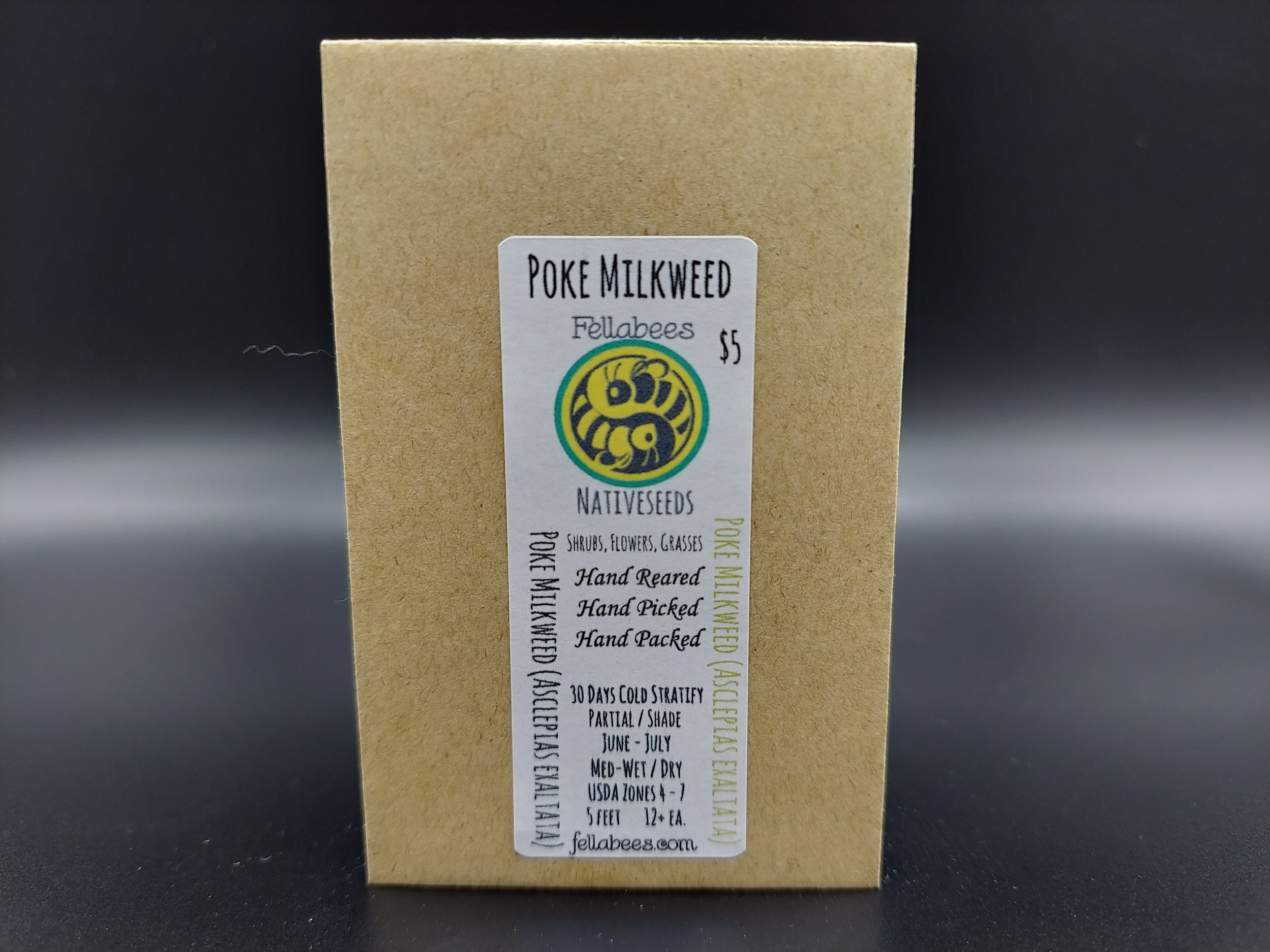 Image 2 of 9
Image 2 of 9

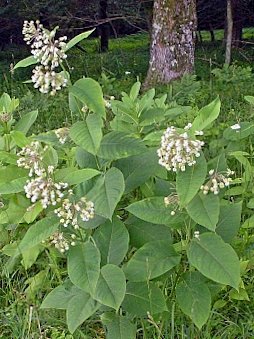 Image 3 of 9
Image 3 of 9

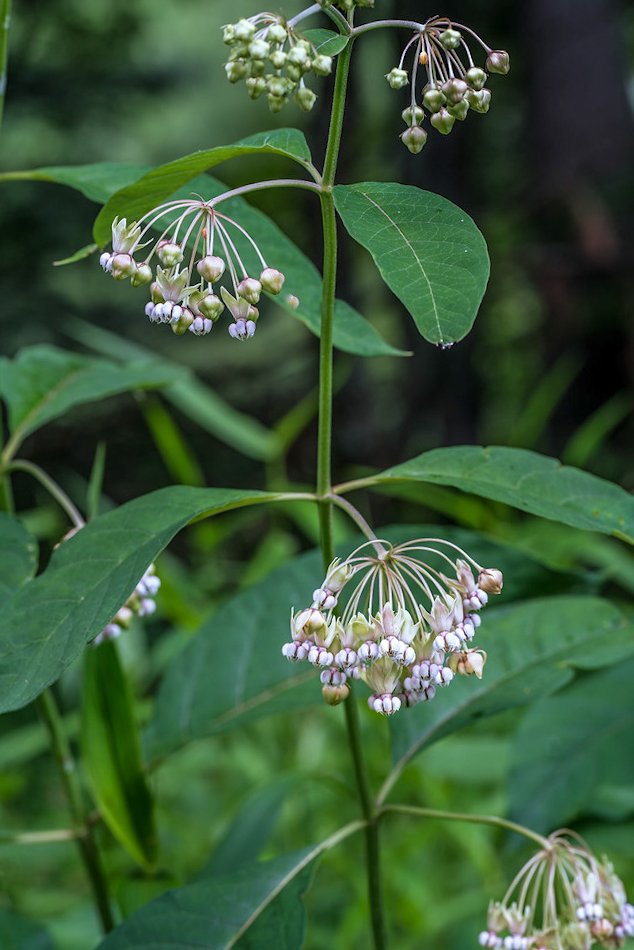 Image 4 of 9
Image 4 of 9

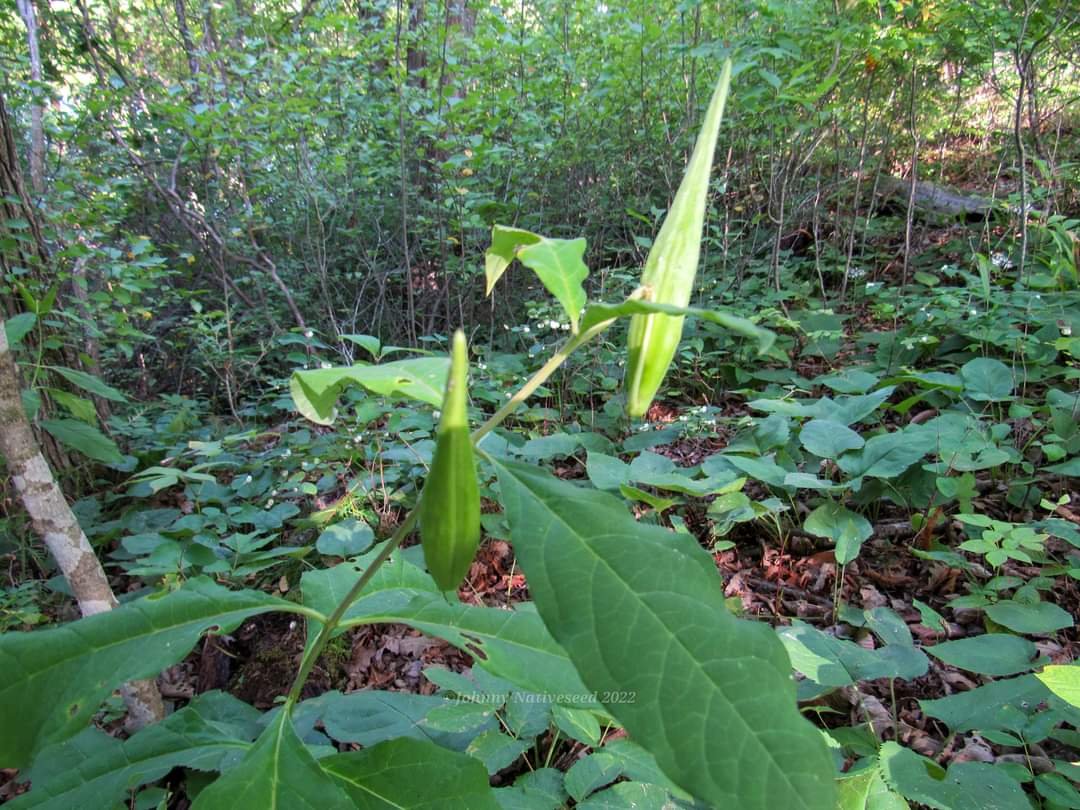 Image 5 of 9
Image 5 of 9

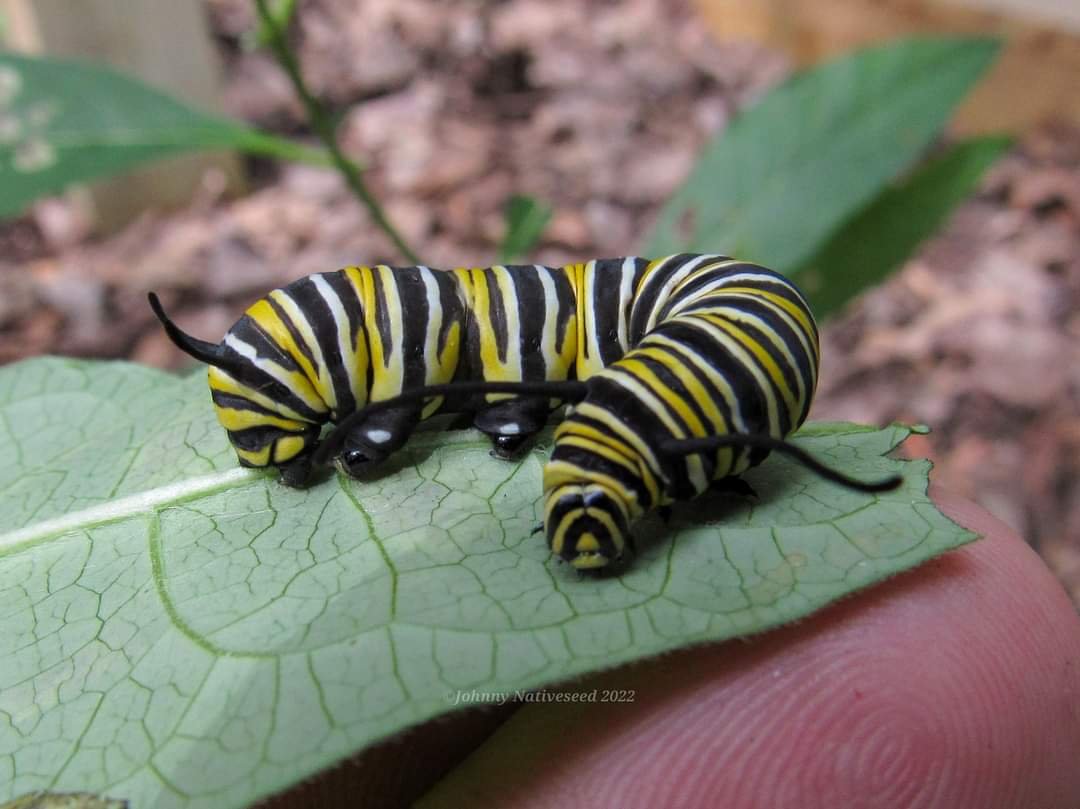 Image 6 of 9
Image 6 of 9

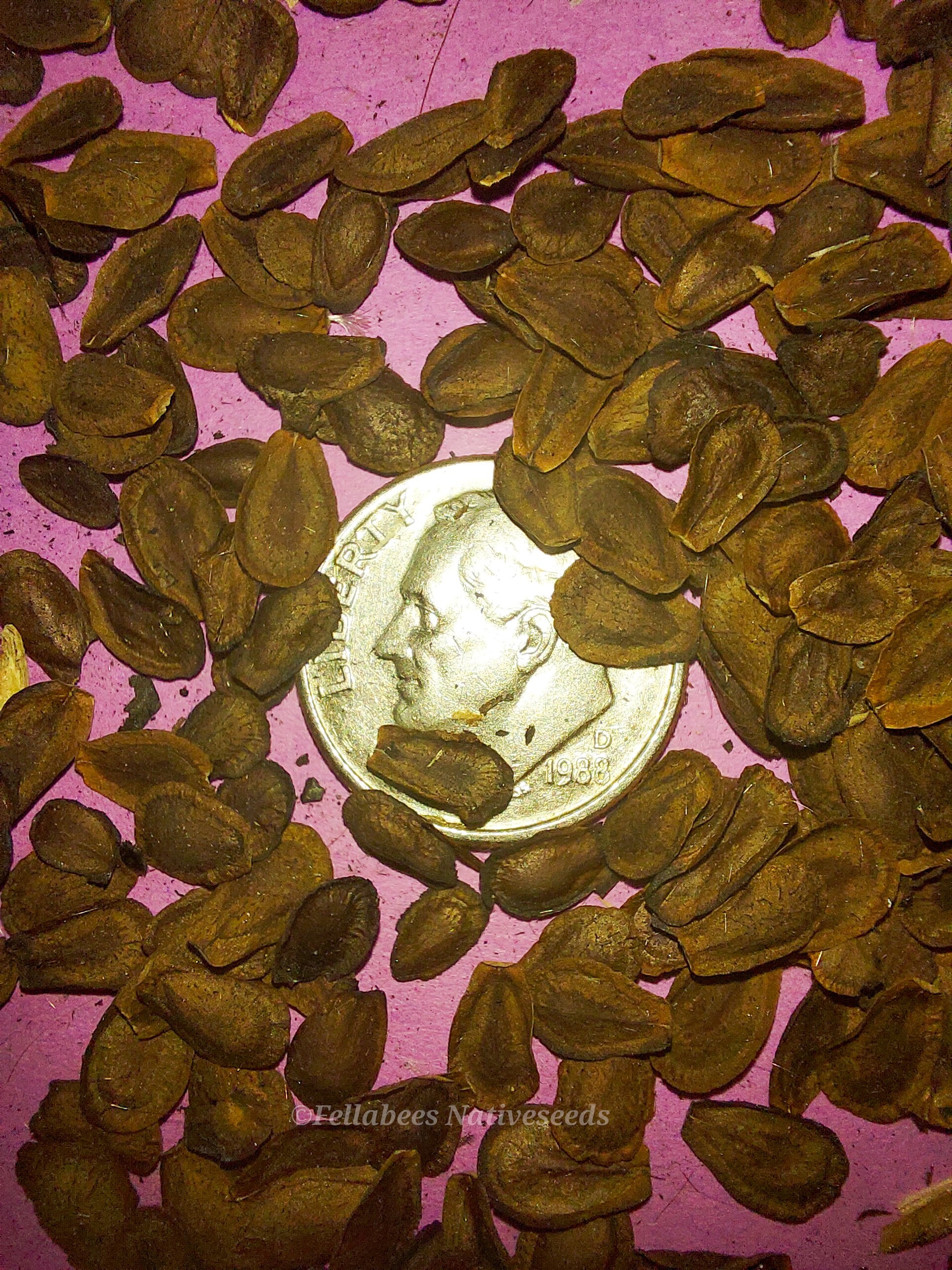 Image 7 of 9
Image 7 of 9

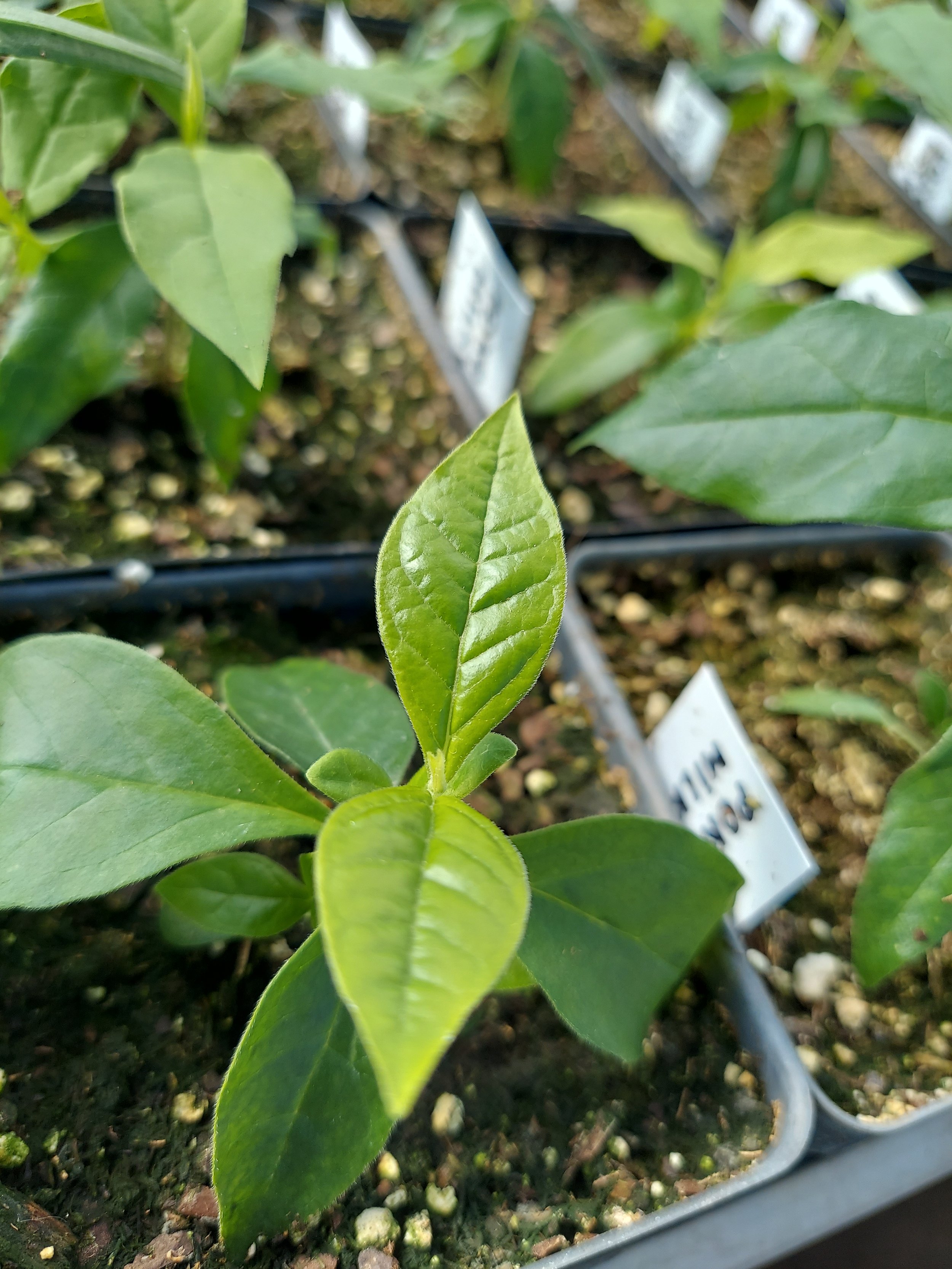 Image 8 of 9
Image 8 of 9

 Image 9 of 9
Image 9 of 9










Poke Milkweed (Asclepias exaltata)
Poke Milkweed (Asclepias exaltata)
Asclepias exaltata is the scientific name given to the plant more commonly known as Poke Milkweed or Tall Milkweed.
Poke Milkweed is a shade loving species of flowering plant in the dogbane family, native to upper central and eastern North America.
Poke Milkweed blooms from late spring to early summer. The flowers are green and white.
Poke milkweed is found in moist woodland habitats, along shady shores andcriver banks as well as moist to dry woodland edges. It prefers to grow in moist soil and dappled part shade or shaded places.
Growing from 2 to 5 tall, this plant is draped in wide oval leaves on thin stems which burst with bursting floweret clusters that range from green to cream or white. Best resembling natural fireworks suspended in air.
As with any Milkweed, Poke Milkweed is a host species for the Monarch Butterfly, as well as a food source for the Unexpected Cycnia Moth (Cycnia inopinatus) and its cousin the Delicate Cycnia (Cycnia tenera) also commonly known as the Dogbane Tiger Moth.
Rabbits will snack on this plants foliage while young and tender, but when mature it can be exceptionally long lived. New plantings will get stressed in its first year, and may not look appealing as it attempts to acclimate to its new environment, it may go into dormancy early, exhibiting yellow or dropping leaves, which may mean it is too dry, too much light, or immediate competition from established neighbors. The plant will eventually adapt, and show better progression in the following seasons.
This plant is considered present, native but rare in several counties of the states of Vermont, Rhode Island, and Alabama. It is also listed as present but introduced in the state of Missouri.
Plant Details
USDA Zones: 4-7
Germination Needs: 30 Days Cold Stratification
Life Cycle: Perennial
Sun Exposure: Partial, Shade
Soil Moisture: Medium-Wet, Medium, Medium-Dry, Dry
Plant Spacing: 2-3 feet
Height: 5 feet
Bloom time: June, July
Bloom Color: White
Advantages :
Pollinator Favorite: butterflies, moths, bees, wasps, beetles
Bird Favorite: seeds, insects, fruit, nectar, nesting, perchs.
Deer Resistant: Yes
Native to: Wisconsin, Minnesota, Iowa, Illinois, Michigan, Ohio, Pennsylvania, New York, Vermont, New Hampshire, Maine, Massachusetts, Rhode Island, Connecticut, Delaware, Maryland, New Jersey, West Virginia, Virginia, North Carolina, South Carolina, Georgia, Alabama, Tennessee, and Kentucky.
.
.
Packet quantities:
We pride ourselves on ethical, hands on, ecological management, using no mechanical or chemical methods whatsoever.
All of our native seed is hand reared, hand picked, and hand packed from native prairies under our exclusive management, never breaking chain of custody from the field until it is sent to you. Each packet is hand prepared for shipment by us, directly.
Small seed species will contain greater than 20-25 seed
Large seed species will contain greater than 10-15 seed
It is our mission to spread the wealth of native plant and pollinator ecological sustainability, and educate back yard gardeners as well as corporate and government entities in how to germinate, grow, and benefit from native synergies.
Thank you for your support, it is because of you, that we can grow together to do, what we do.🐛🦋🐝🐞🌾🌱🌼🧡
Poke Milkweed (Asclepias exaltata)
Asclepias exaltata is the scientific name given to the plant more commonly known as Poke Milkweed or Tall Milkweed.
Poke Milkweed is a shade loving species of flowering plant in the dogbane family, native to upper central and eastern North America.
Poke Milkweed blooms from late spring to early summer. The flowers are green and white.
Poke milkweed is found in moist woodland habitats, along shady shores andcriver banks as well as moist to dry woodland edges. It prefers to grow in moist soil and dappled part shade or shaded places.
Growing from 2 to 5 tall, this plant is draped in wide oval leaves on thin stems which burst with bursting floweret clusters that range from green to cream or white. Best resembling natural fireworks suspended in air.
As with any Milkweed, Poke Milkweed is a host species for the Monarch Butterfly, as well as a food source for the Unexpected Cycnia Moth (Cycnia inopinatus) and its cousin the Delicate Cycnia (Cycnia tenera) also commonly known as the Dogbane Tiger Moth.
Rabbits will snack on this plants foliage while young and tender, but when mature it can be exceptionally long lived. New plantings will get stressed in its first year, and may not look appealing as it attempts to acclimate to its new environment, it may go into dormancy early, exhibiting yellow or dropping leaves, which may mean it is too dry, too much light, or immediate competition from established neighbors. The plant will eventually adapt, and show better progression in the following seasons.
This plant is considered present, native but rare in several counties of the states of Vermont, Rhode Island, and Alabama. It is also listed as present but introduced in the state of Missouri.
Plant Details
USDA Zones: 4-7
Germination Needs: 30 Days Cold Stratification
Life Cycle: Perennial
Sun Exposure: Partial, Shade
Soil Moisture: Medium-Wet, Medium, Medium-Dry, Dry
Plant Spacing: 2-3 feet
Height: 5 feet
Bloom time: June, July
Bloom Color: White
Advantages :
Pollinator Favorite: butterflies, moths, bees, wasps, beetles
Bird Favorite: seeds, insects, fruit, nectar, nesting, perchs.
Deer Resistant: Yes
Native to: Wisconsin, Minnesota, Iowa, Illinois, Michigan, Ohio, Pennsylvania, New York, Vermont, New Hampshire, Maine, Massachusetts, Rhode Island, Connecticut, Delaware, Maryland, New Jersey, West Virginia, Virginia, North Carolina, South Carolina, Georgia, Alabama, Tennessee, and Kentucky.
.
.
Packet quantities:
We pride ourselves on ethical, hands on, ecological management, using no mechanical or chemical methods whatsoever.
All of our native seed is hand reared, hand picked, and hand packed from native prairies under our exclusive management, never breaking chain of custody from the field until it is sent to you. Each packet is hand prepared for shipment by us, directly.
Small seed species will contain greater than 20-25 seed
Large seed species will contain greater than 10-15 seed
It is our mission to spread the wealth of native plant and pollinator ecological sustainability, and educate back yard gardeners as well as corporate and government entities in how to germinate, grow, and benefit from native synergies.
Thank you for your support, it is because of you, that we can grow together to do, what we do.🐛🦋🐝🐞🌾🌱🌼🧡
